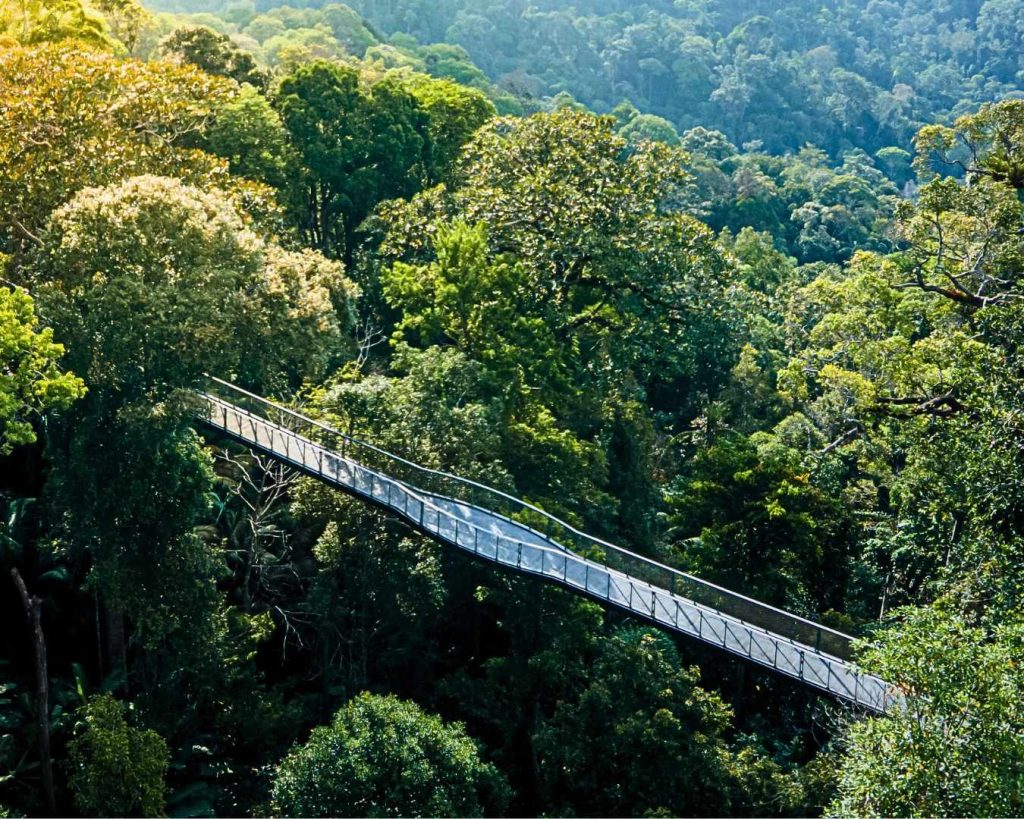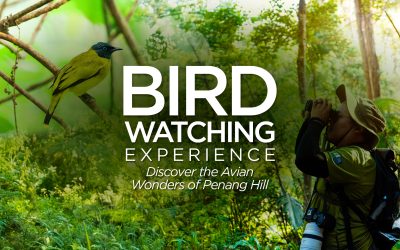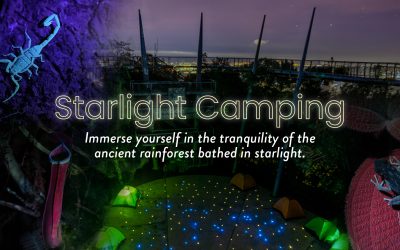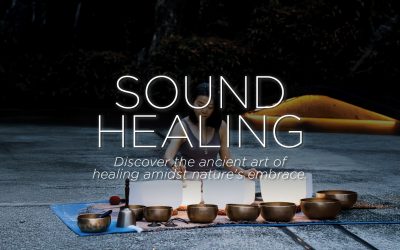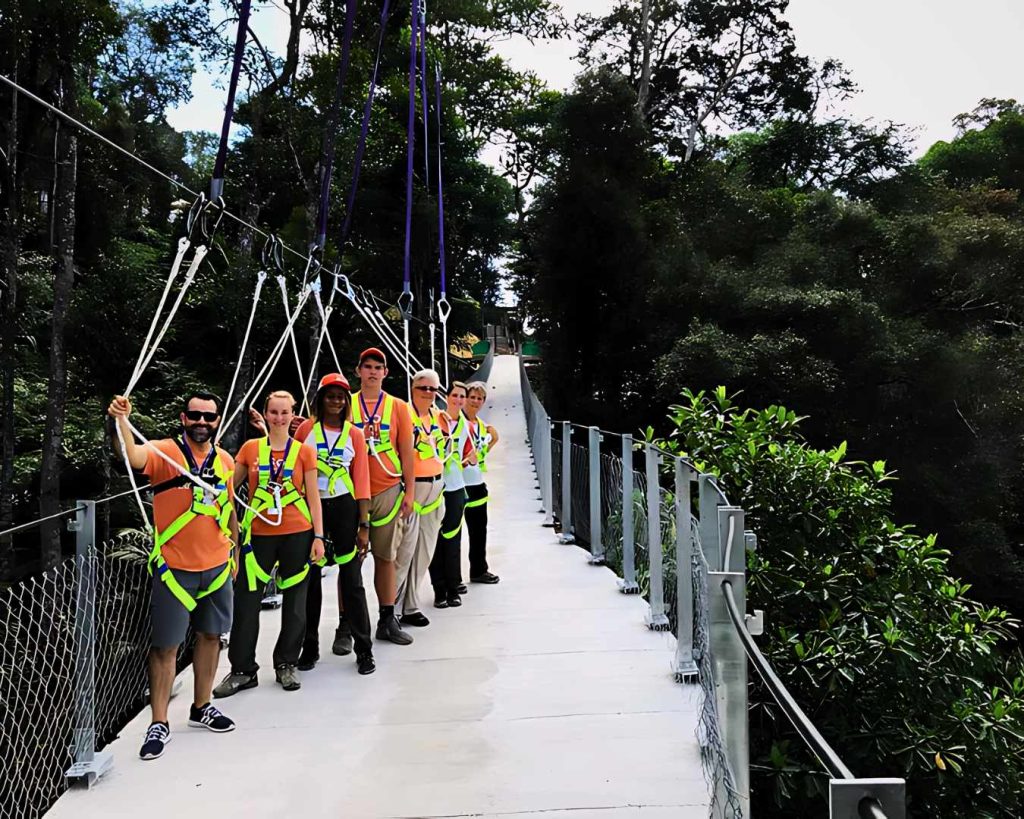
When The Habitat’s canopy walkway was under construction in 2015, co-founders Harry and Reza Cockrell reached out to international canopy scientist, Dr. Meg Lowman, one of the world’s first arbornauts (treetop explorers) for advice on making research and education a central pillar of their fledgling ecotourism venture. Lowman had pioneered construction of canopy walkways around the world, through her Florida-based NGO called TREE Foundation which shares designs and educational information to create walkways in diverse forests.
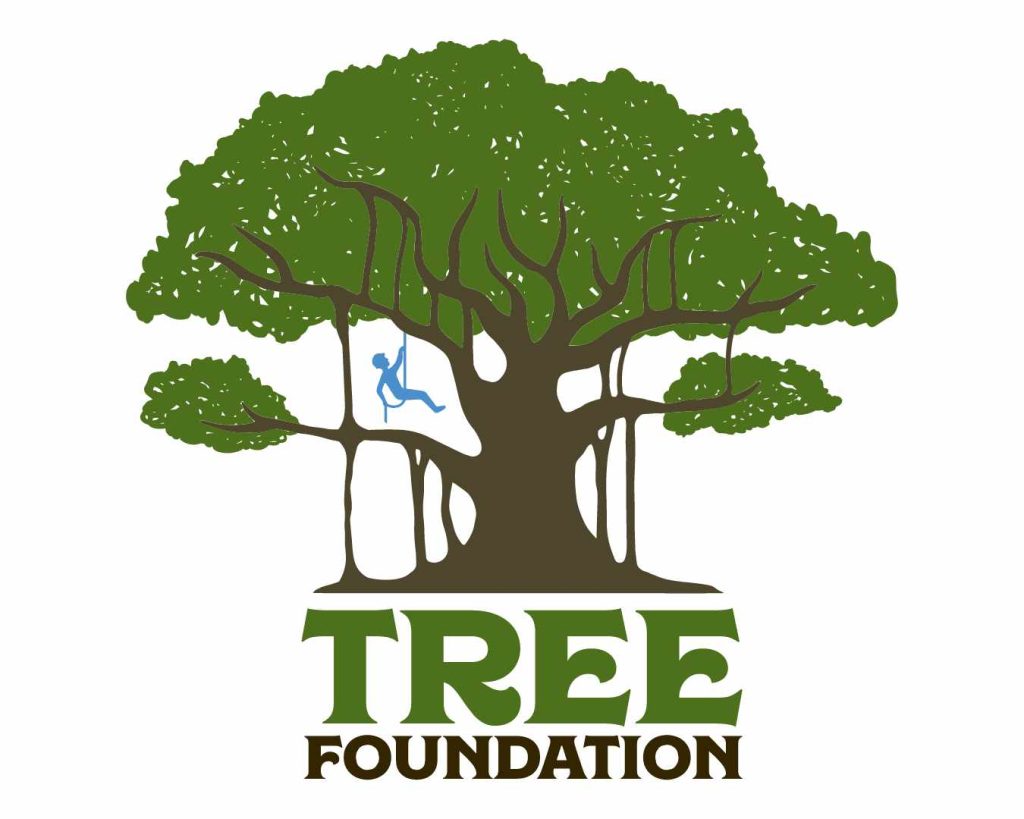
At the time, Lowman was also the Director of Science and Sustainability at the California Academy of Sciences (CAS), overseeing a staff of over 100 field researchers. With Lowman’s expertise, The Habitat created a long-term vision for research in the unique forests surrounding Penang Island. Lowman partnered with the University of Science Malaysia (USM), becoming an Adjunct professor to foster collaboration between local faculty and The Habitat, as well as to mentor students from the School of Biological Sciences. She obtained a grant from The Habitat Foundation (THF) to fund international scientists to partner with local biologists to conduct a ten-day bioblitz, which is an intensive survey of everything living in a specific site. Lowman also obtained an American-based foundation grant to fund K-12 students to participate in the bioblitz through a program called the Jason Learning Project.
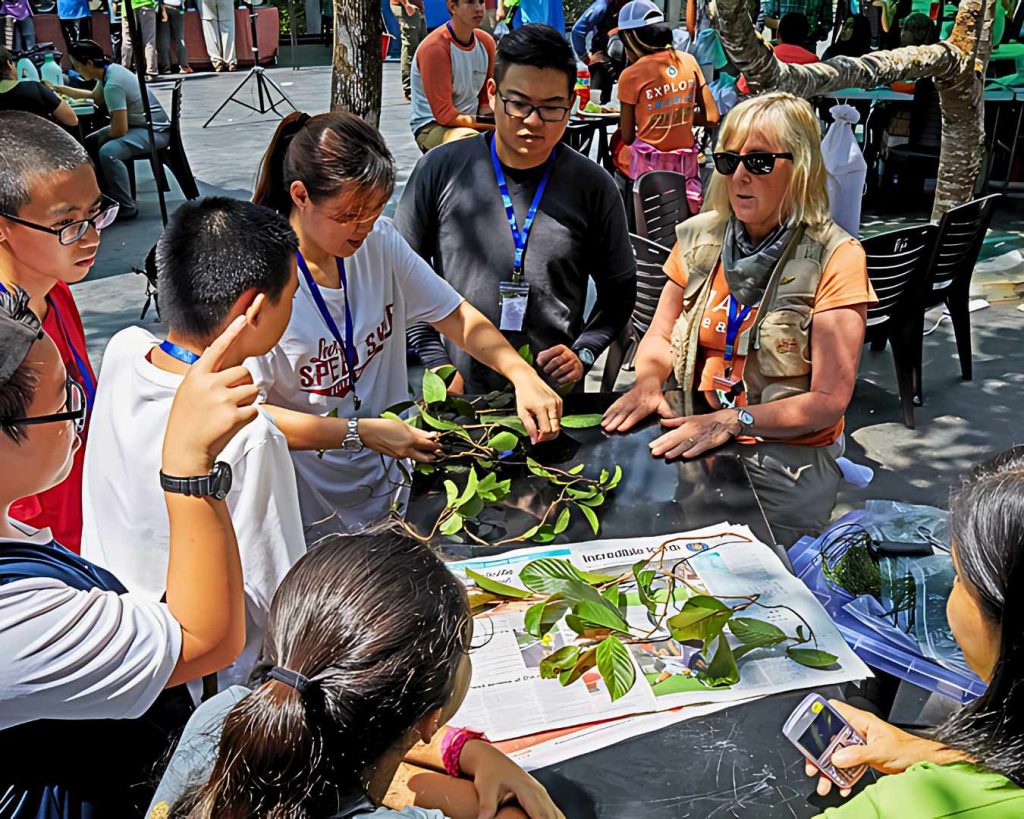
This team of over 100 scientists and students discovered over 2,500 records of what was living on Penang Hill. Working around the clock, the enthusiastic biologists found organisms ranging from scorpions to water bears to orchids. Such an extraordinary list of species propelled two research outcomes: 1. The publication of a book about the bioblitz results; and 2. the creation of a dossier that formed an important part of an application that resulted in the designation of Penang Hill and its surrounding forests and coastal and marine national park as a Biosphere Reserve under UNESCO’s Man and Biosphere Program. The World Network of Biosphere Reserves, numbering over 750 sites globally, are model sites for environmental conservation, research and sustainable development.
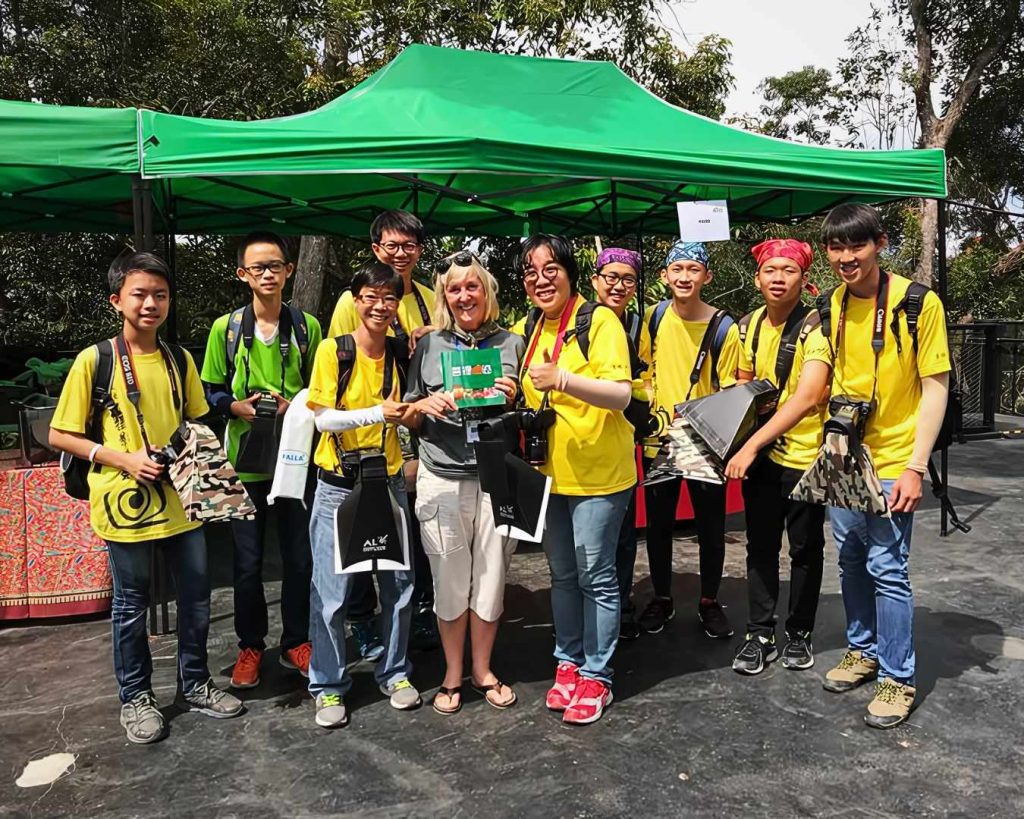
The bioblitz also resulted in many positive outcomes for The Habitat: a. tree-climbing training for many staff, including women; 2. Updated education outreach about biodiversity on Penang Hill; 3. training by Lowman for the education staff: and 4. Subsequent grant program to fund students to participate in research on Penang Hill.
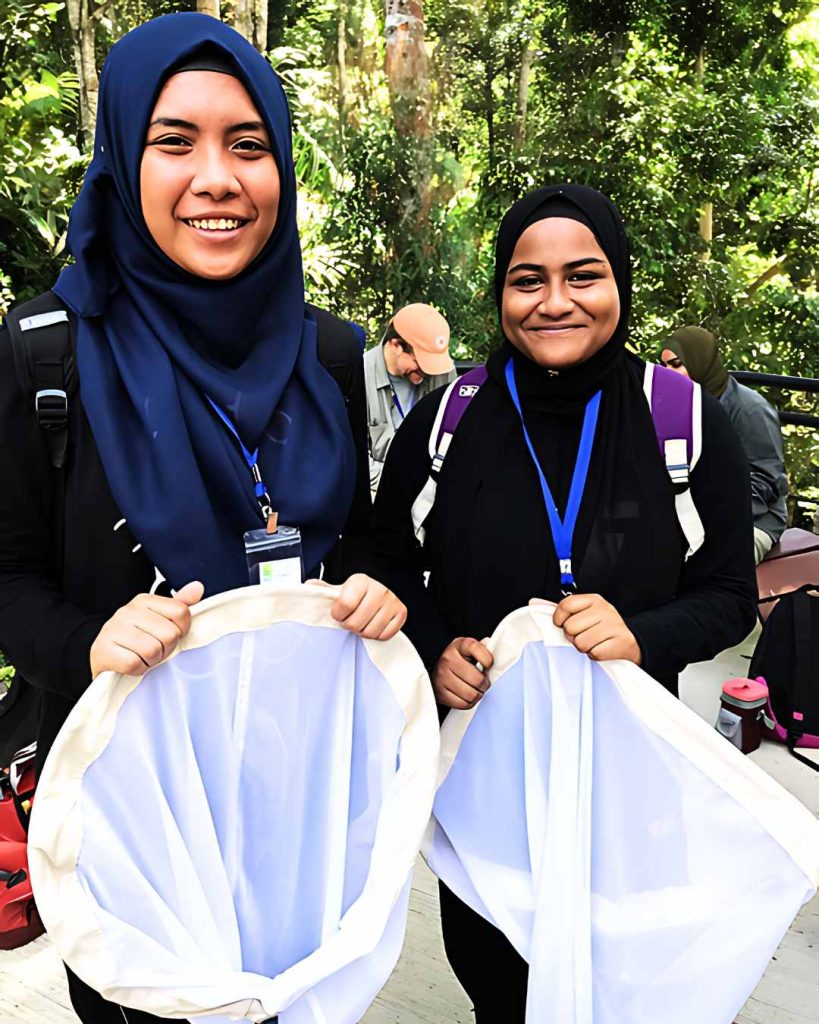
A longer-term plan for a canopy research program on Penang Hill and within the newly designated Penang Hill Biosphere Reserve is still in the planning phases, but the canopies of Penang Hill have spotlighted this site for many visitors, including international scientists and ecotourists. Global partnerships between The Habitat, USM, TREE Foundation, CAS, and local K-12 schools are a wonderful example of how the unique biodiversity on Penang Hill has inspired both local and global science education and conservation.
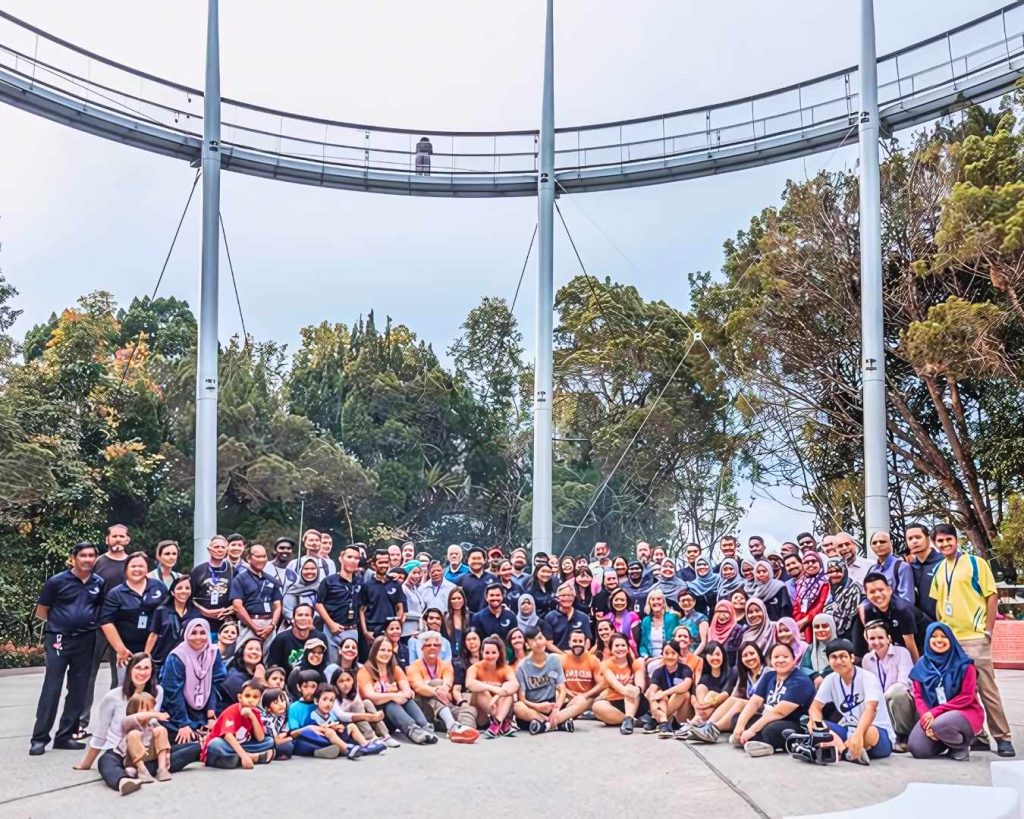
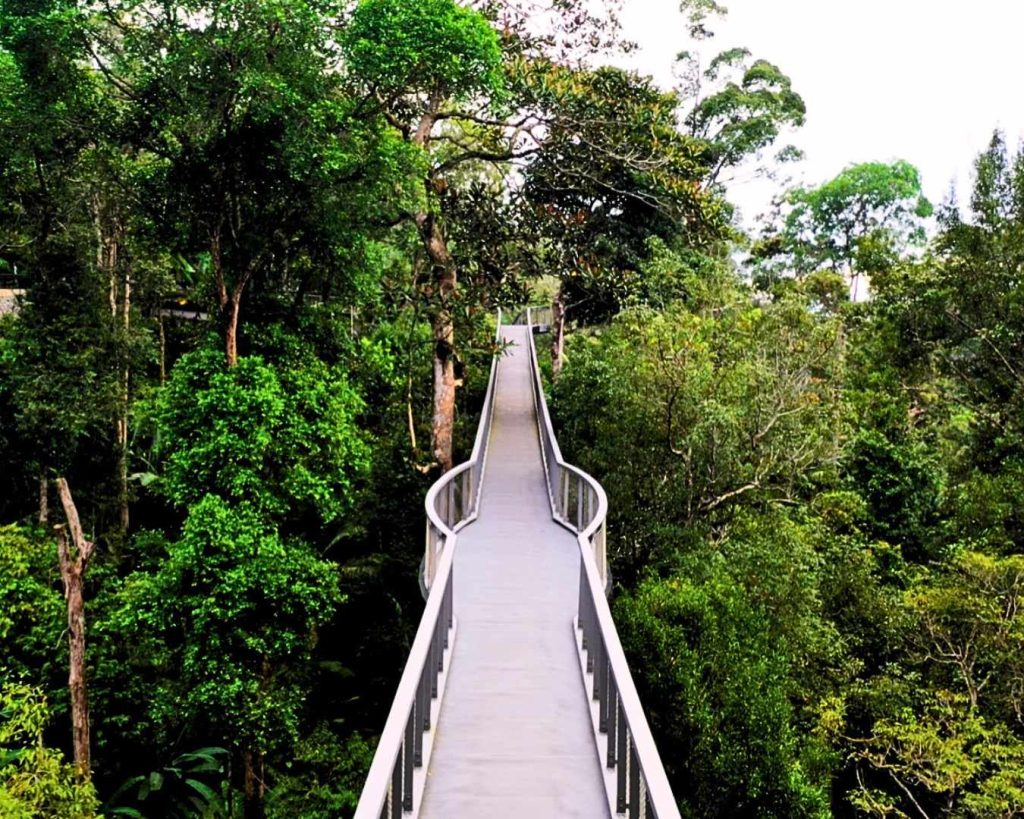
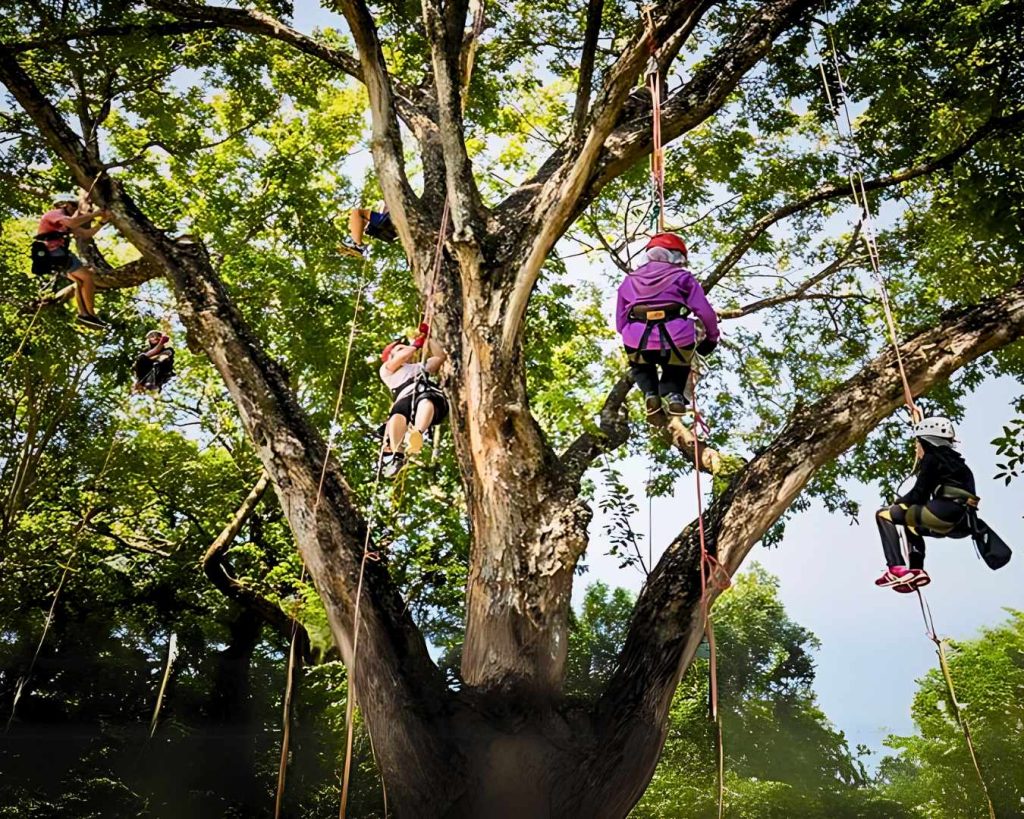
Lowman now oversees a project called Mission Green to complete 10 canopy walkways in ten of the world’s most important forests, to promote research and ecotourism at these sites. The Habitat is one of those ten forests, indicating how important Penang’s trees are as an internationally-renowned forest.
